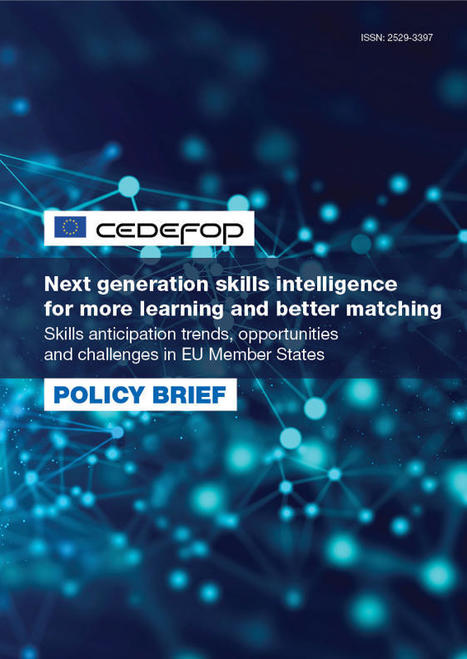Generative AI (GAI) has quickly gained a significant foothold in academia, and is now used widely for teaching, learning, and research purposes.[1] While national trends in student and faculty adoption are unclear, surveys conducted by individual institutions have found that approximately 50 percent to 65 percent of both students and faculty have used ChatGPT or one of its commercial competitors.[2] If current trends continue, in the near future GAI use will be ubiquitous, fully integrated into the core mission of colleges and universities.
Understanding the value of individual products in a now-crowded marketplace is a major challenge for end users and for university CIOs, IT departments, and others involved in decision-making.
While the full effects of this transformation are, at best, clear only in outline, 2023 saw both well-established vendors and start-ups racing to bring GAI applications optimized for use in educational contexts to market. As we write this brief, new products are appearing so rapidly that just keeping up with them is difficult, and understanding the value of individual products in a now-crowded marketplace is a major challenge for end users and for university CIOs, IT departments, and others involved in decision making about which products will be supported and/or licensed for campus users.
Since last fall, Ithaka S+R has been partnering with 19 colleges and universities from the US and Canada to assess GAI’s impact on higher education and make evidence-based, proactive decisions about how to manage the far-ranging effects of GAI.[3] As part of this project, Ithaka S+R has been cataloging GAI applications geared towards teaching, learning, and research in the higher education context. Today, we are excited to make our Product Tracking tool (https://sr.ithaka.org/our-work/generative-ai-product-tracker/) publicly available.
The Product Tracker includes a basic description of each tool, as well as information about the pricing model, key features, and other relevant details such as the large language model (LLM) or datasets behind the tool or background on the vendor. As it would be impossible to track every GAI application that might conceivably be used in higher education contexts, we have limited the Tracker to a) products marketed specifically towards faculty or student use, and b) products that appear to be in active use in teaching, learning, or research activities. At present, the Product Tracker contains data on over 100 GAI tools and applications. While we make no claims to including every relevant or potentially relevant product, the Tracker includes data on the most visible individual products on the market and is comprehensive enough to provide a landscape perspective on the market itself. The Tracker is also a living document which we update regularly to include new products or add new data about existing products. We will continue to do so for at least the remainder of 2024 if the tool retains value to the community.
This issue brief is designed to enrich the descriptive data captured in the Product Tracker. In the brief’s first section, we provide a typology of existing products and value propositions. In the second, we offer observations about what the product landscape suggests about the future of teaching, learning, and research practices, and speculations on the near-term future of the academic GAI market.
Via Canadian Vocational Association / Association canadienne de la formation professionnelle, juandoming



 Your new post is loading...
Your new post is loading...








